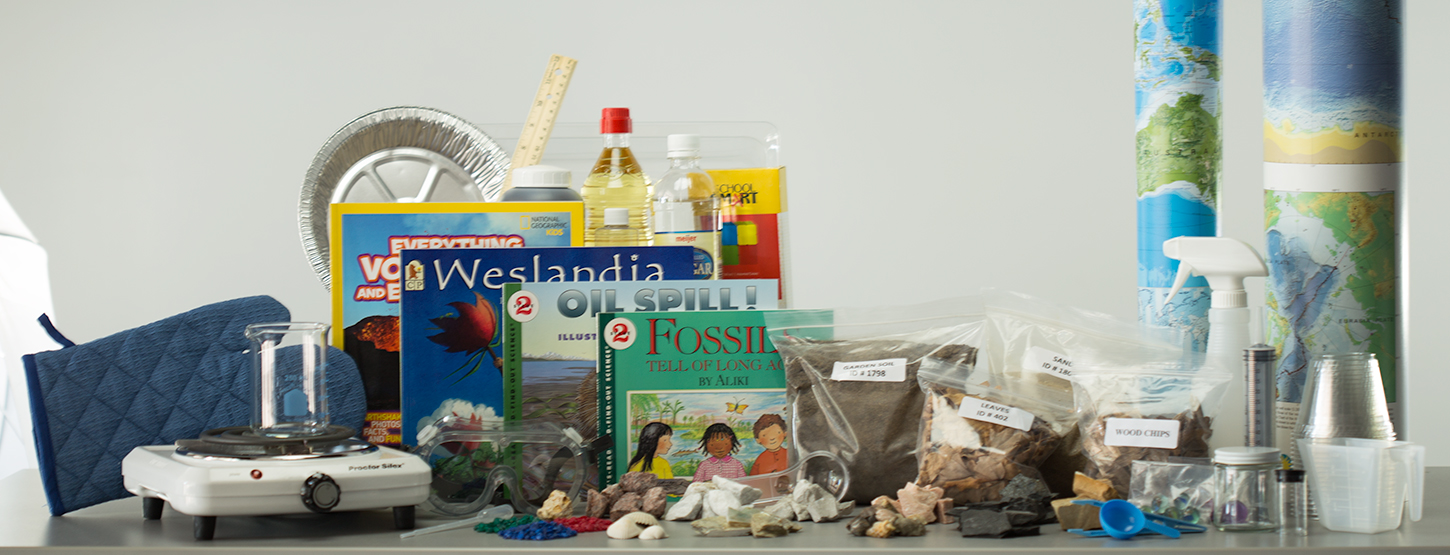
Science Units
Contact Us
Order Inquiries
Timeka Wells
twells@bcamsc.org
(269) 213-3907
Fax: (269) 965-9540
Professional Learning, Outreach, and Curriculum Inquiries
Sandy Erwin
serwin@bcamsc.org
(269) 213-3908
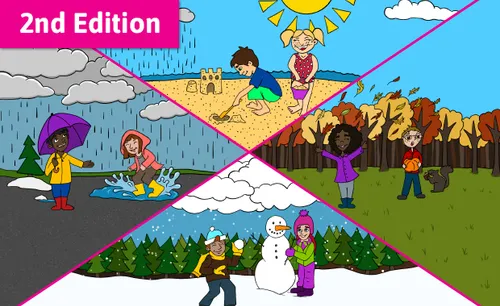
KENG - Weather and Climate
Anchor Phenomenon: The story, Cloudy with a Chance of Meatballs.
Driving Question: Can we observe the weather and find patterns to use to make predictions?
Engineering Design Challenge: Students design, analyze, and build a weather station that will relate data for temperature, precipitation, and wind direction and strength to collect data and determine patterns.

KLNG - Plants and Animals Live Here
Anchor Phenomenon: Pill bugs gather under potato peels when left out overnight.
Driving Question: How do the potato peels help the pill bug to survive?
Engineering Design Challenge: Make a plan to determine how to reduce the impact of humans on the land, water, air, and living things in a local environment.

KPNG - Motion: Pushes and Pulls
Anchor Phenomenon: A rolling ball changes direction and motion when it collides with a barrier.
Driving Question: How can we design a game that makes a ball travel from start to finish and change direction on its path?
Engineering Design Challenge: Design and build an “A-mazing Game” to make a ball travel to a specific ending point and change direction as it travels.
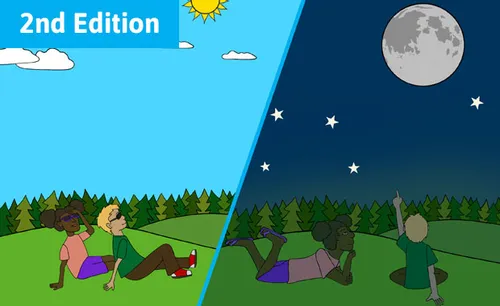
1ENG - Space Systems: Patterns and Cycles
Anchor Phenomenon: Changes in the daytime and nighttime sky.
Driving Question: How does the daytime and nighttime sky change each day and throughout the year?
Engineering Design Challenge: Students design, analyze, and build a sundial to track the apparent movement of the sun across the sky.
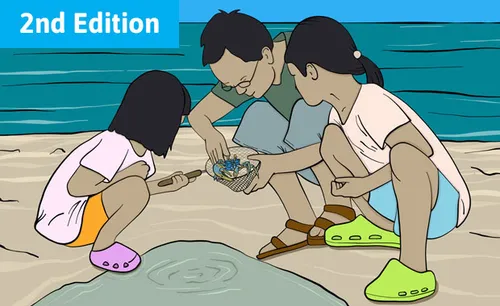
1LNG - Plant and Animal Traits
Anchor Phenomenon: Some fiddler crabs have two small claws and some fiddler crabs have one small claw and one large claw.
Driving Question: How do the fiddler crab characteristics help it to survive?
Engineering Design Challenge: Students use materials to construct a device that mimics plants or animals that solves a human problem.
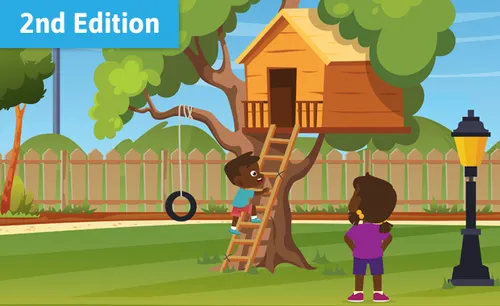
1PNG - Waves: Light and Sound
Anchor Phenomenon: We cannot see images in the tree house without light.
Driving Question: What is the best placement of windows to allow light into the tree house?
Engineering Design Challenge: Student engineer teams must design and build a model of a treehouse that uses the sun and available street lights to provide the right amount of lighting for the activities that they want to do in their treehouses.

2ENG - Changing Earth: Today and Over Time
Anchor Phenomena: The school yard has evidence of changes in the land from rain, water, wind and human activity.
Driving Question: How does the shape of the land change and how are different shapes in the land and bodies of water formed?
Engineering Design Challenge: Develop and use models of landforms to explain how land can change rapidly or gradually over a long period of time.
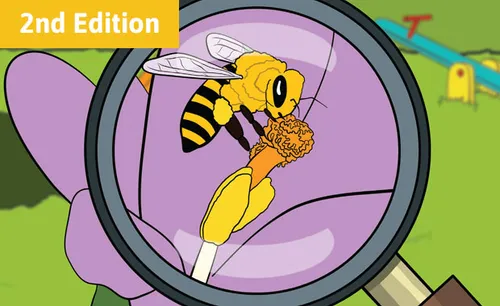
2LNG - Plant and Animal Relationships
Anchor Phenomenon: Whirligig Beetle Video.
Driving Question: Where do whirligigs live and do they live with other plants and animals? (Where do plants and animals live and how do they interact?)
Engineering Design Challenge: Design and develop an artificial pollinator.
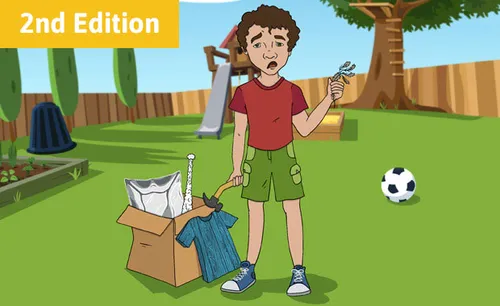
2PNG - Solving Problems with Properties
Anchor Phenomenon: When the properties of objects change, the usefulness of the object changes: A metal pillow is not useful, a shirt made of wood is not useful.
Driving Question: What properties make things useful for their intended purpose?
Engineering Design Challenge: Student engineer teams are challenged with using their understanding of properties of materials to design a structure that will remain standing during a rain and wind storm. Their structure must also keep a figure placed inside the structure dry.
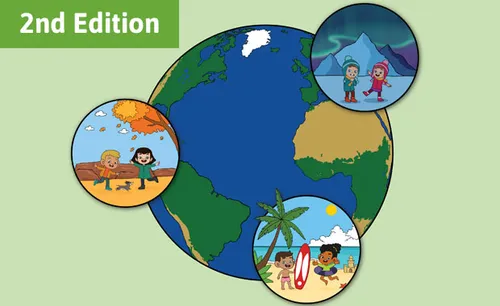
3ENG - Weather, Climate, and Natural Hazards
Anchor Phenomenon: The weather differs on the same day, at the same time of day, at different locations around the world.
Driving Question: Why do weather conditions differ on the same day in different regions of the world?
Engineering Design Challenge: Develop a model to reduce the impact of a weather related event on human-made or natural structures.

3LNG - Life Cycles and Survival in an Ecosystem
Anchor Phenomenon: The pond is noisy with different animal sounds at night.
Driving Question: Why are the frogs so noisy and loud at the pond?
Engineering Design Challenge: Design and construct a model to demonstrate how problems in populations occur when the environment changes. Determine the merit of a possible solution to the problem.
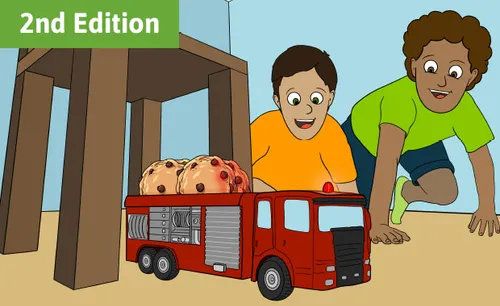
3PNG - Forces and Interactions
Engineering Problem: Fire Truck Express. Student engineer teams must figure out a way to have the “Fire Truck” (battery powered constant velocity cart) go from the playroom to the kitchen to pick up a load of cookies from mom and return to the playroom.
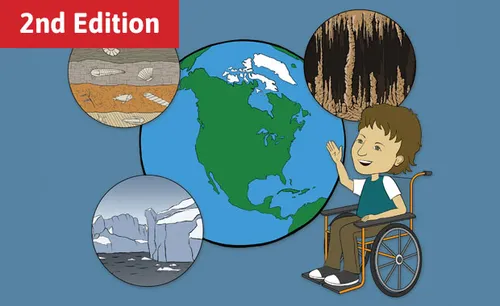
4ENG - Processes That Shape the Earth
Anchor Phenomenon: The Grand Canyon appears to have been carved out of the Earth. The land has many different shapes and features.
Driving Question: How does the surface of the Earth change? What made the Grand Canyon so deep and wide?
Engineering Design Challenge: Generate and compare multiple solutions to reduce the impact of weathering and erosion on humans.
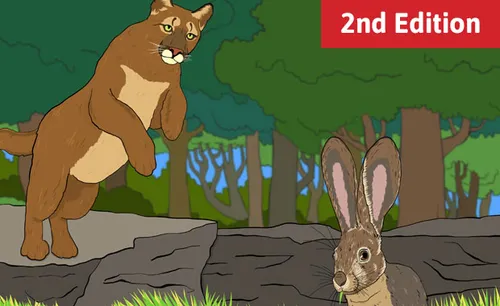
4LNG - Structure, Function, and Information Processing
Anchor Phenomenon: When going from a bright sunny day outside to the inside of the house, the house seems dark inside and it is hard to see.
Driving Question: How does light affect how we see objects?
Anchor Phenomenon: On one flower, two boys observe many different animals that make the flower their habitat.
Driving Question: How does the stink bug and other animals survive in their habitats?
Engineering Design Challenge: Design and construct a model to demonstrate how an organism’s senses are used to process information for the survival of the organism.

4PNG - Energy and Waves
Engineering Problem: Student engineer teams take on the challenge to design and build a Rube Goldberg device that they can use to demonstrate and explain how energy moves from place to place?
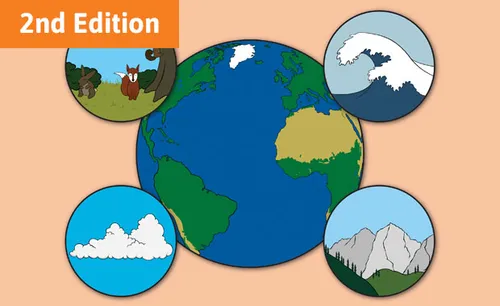
5ENG - Earth and Space Systems
Anchor Phenomenon: There is a floating island of plastic in the ocean.
Driving Question: What is the effect of humans on the land, air, water, and living things? What can a 5th grader do to reduce their impact on the land, water, air, and living things?
Engineering Design Challenge: Develop a solution to reduce the effect of agriculture, industry, and everyday life on land, vegetation, air, and bodies of water.
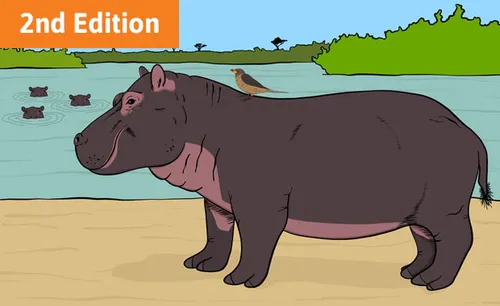
5LNG - Matter and Energy in an Ecosystem
Anchor Phenomenon: Oxpecker and Hippo Video.
Driving Question: What is the relationship between the oxpecker and the hippo? or What is the relationship between different living and nonliving things in the African lakes and river ecosystem?
Engineering Design Challenge: Develop a plan to reduce the impact of humans on the energy flow in an ecosystem.
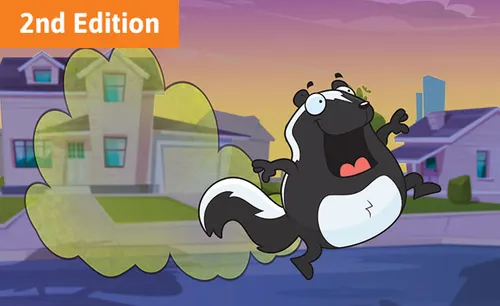
5PNG - Structure and Properties of Matter
Anchor Phenomenon: “Where’s the Skunk?” Students observe the skunk odor in the neighborhood. Some students detect a strong odor, some a weak odor, and some no odor. How can they use their data to locate the skunk?
Driving Question: (1) Student engineering teams are challenged to design a device to separate salt water into salt and water. (2) Student engineering teams are challenged to design a device that will keep a frozen ice cream treat frozen for 40 minutes.
Engineering Design Challenge: Students explore the structure, properties, and behavior of matter through investigations into the skunk odor. They are given the opportunity to solve real problems as they learn about matter.
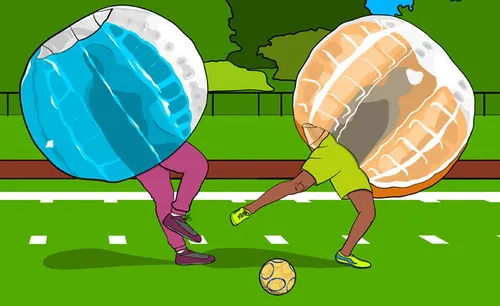
MSPNG1 - Forces: Contact and Non-Contact
Anchor Phenomenon: While playing in a Bubble Soccer game there are many collisions between players. When other players collide with Charlene, she gets knocked off her feet, and sent flying off the field.
Driving Question: What is causing Charlene to get sent off her feet and sent in a different direction after she collides with other soccer players?
Anchor Phenomenon: Floating pencil device.
Driving Question: What forces are causing the pencil to be suspended above the pencil holder?
Engineering Design Challenge: Students apply an engineering practice and concept to solve a problem caused when objects collide.
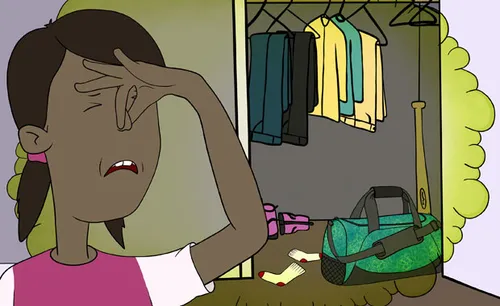
MSPNG2 - Particles of Matter and Chemical Reactions
Anchor Phenomenon: Something Stinks in Here! View Phenomenon Cartoon
Driving Question: What causes the odor of the stinky socks in the gym bag to fill the room?
Anchor Phenomenon: Mom has to stop and fill her gas tank of her car every week.
Driving Question: Where does the gasoline go? What happened to the gasoline in the tank?
Engineering Design Challenge: Students dive into reactions that are exothermic and endothermic and, using what they have learned, design a device to keep water in an aquarium warm enough that animals can survive.

MSPNG3 - Energy and the Electromagnetic Spectrum
Engineering Problem: Design a model of a roller coaster that explains the transfer of potential and kinetic energy.
Anchor Phenomenon: When grasping the bulb of the hand boiler, the liquid in the device begins to bubble and boil.
Driving Question: How does wrapping our hand around the hand boiler make the liquid bubble and move up the corkscrew tubing? How can we use our understanding of energy and matter to explain the phenomenon?
Engineering Design Challenge: Students design and build a solar oven.
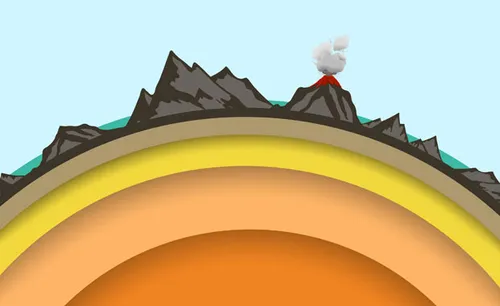
MSENG1 - History of Earth
Anchor Phenomenon: Earthquakes in San Francisco and more recently in Puerto Rico.
Driving Question: Why do earthquakes occur?
Engineering Design Challenge: Students plan, design, and build a model of a seismograph.
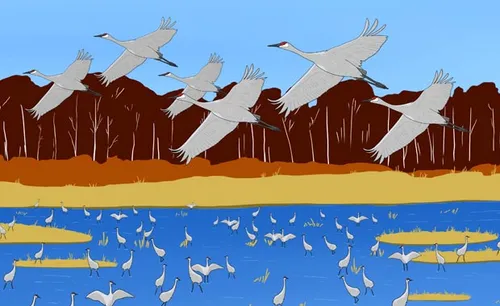
MSENG2 - Weather, Climate, and Human Impact
Anchor Phenomenon: In 2014 the people of North Carolina experience an outbreak of ten tornadoes in one storm.
Driving Question: What causes an outbreak of tornadoes, severe weather, and day to day weather?
Anchor Phenomenon: The Audubon Society has presented data that shows a change in bird migration due to climate change.
Driving Question: What is the relationship between bird migration and climate? What is causing the birds to change their migration?
Engineering Design Challenge: Student engineer teams develop a working model that demonstrates the water cycle. Using observations, students evaluate the effectiveness of their models in demonstrating the water cycle.
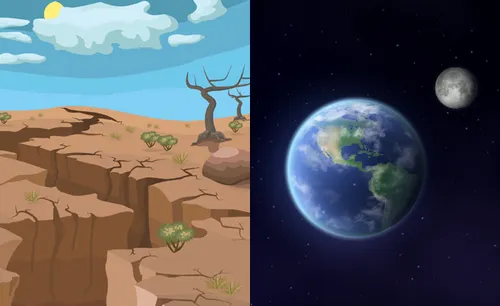
MSENG3 - Interactions Among Earth and Space Systems
Anchor Phenomenon: Earth Systems: Large cracks are forming in the Arizona desert where large quantities of water are being drawn to the surface for irrigation.
Driving Question: Earth Systems: What is the effect of drawing large quantities of water from groundwater for irrigating a desert? Are we running out of water? Are we running out of stuff?
Anchor Phenomenon: Space Systems: Surfers ride large waves called tidal bores against the river current. Stars appear to shoot across the sky.
Driving Question: Space Systems: What causes the tidal bores to occur and how do they move against the flow of the river? What causes “shooting stars”?
Engineering Design Challenge: Earth Systems: Design and build a model of the effect of drawing water from groundwater. Engage in a Geo-Inquiry activity that explores the water source in their community.
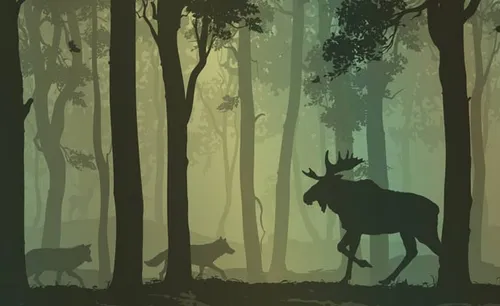
MSLNG1 - Stability and Change in an Ecosystem
Anchor Phenomenon: Fluctuations in the wolf and moose populations on Isle Royale, Michigan.
Driving Question: How do the roles and interactions of living and nonliving things contribute to the stability and change of an ecosystem?
Engineering Design Challenge: Make observations of diverse organisms to develop a classroom model woodland ecosystem.
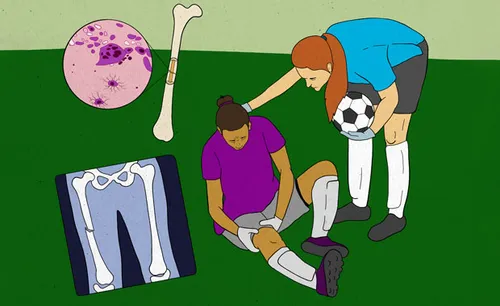
MSLNG2 - Body Systems for Growth and Repair
Anchor Phenomenon: The story The Broken Summer (broken femur)
Driving Question: How does the human body heal itself after an injury?